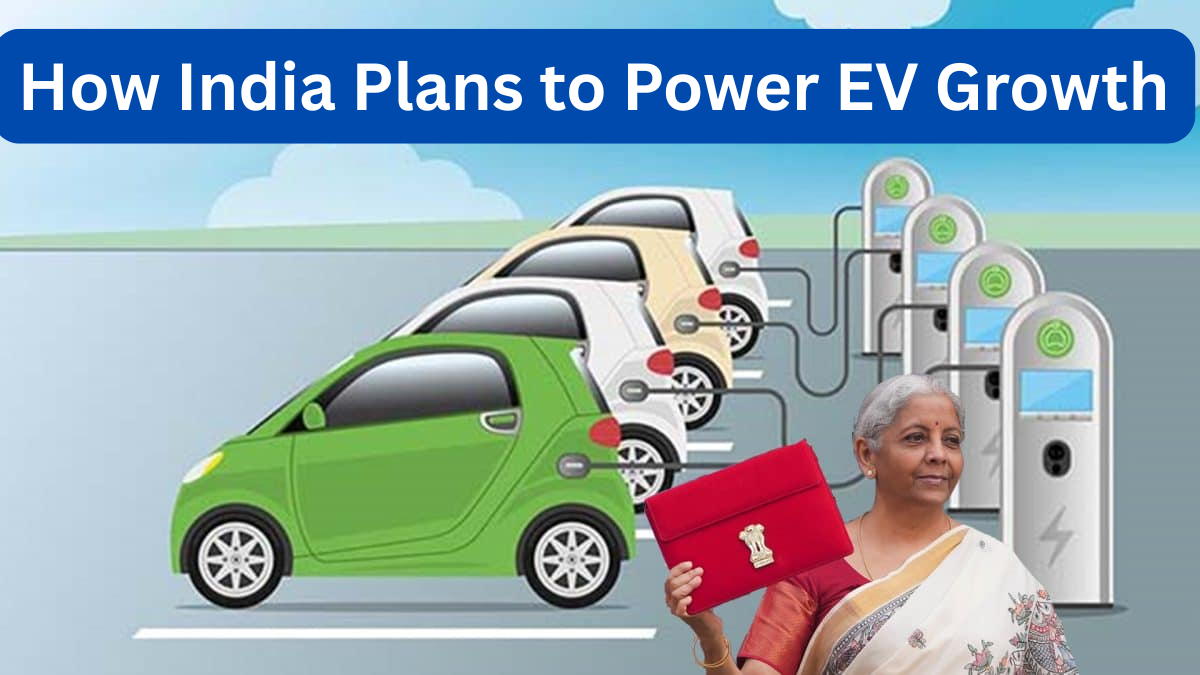India is accelerating its transition to a greener and more sustainable transport system. As electric vehicles (EVs) gain traction, the focus is shifting toward solving one of the biggest challenges—charging infrastructure. The EV Battery Swapping Policy India 2025 is poised to make EV usage more convenient and practical by enabling faster charging alternatives.
Here’s a closer look at how this policy aims to transform electric vehicle infrastructure in India.

Understanding Battery Swapping
Unlike traditional charging methods that can take hours, battery swapping allows EV owners to replace a depleted battery with a fully charged one within minutes. It’s a quicker, hassle-free approach ideal for high-usage sectors.
Benefits of Battery Swapping
-
Reduces downtime for commercial EVs
-
Eliminates long queues at EV charging stations
-
Avoids range anxiety for daily commuters
-
Makes optimal use of urban space
-
Enables battery-as-a-service (BaaS) models
Key Highlights of the EV Battery Swapping Policy India 2025
The updated battery swapping framework is built around four core principles to streamline EV adoption.
| Policy Component | Details |
|---|---|
| Interoperability | Common standards for batteries and connectors across different manufacturers |
| Incentives and GST Relief | Reduced tax rates for swappable batteries and stations |
| Public-Private Partnerships | Support for private players to set up and manage swapping networks |
| Digital Monitoring | Real-time access to battery availability through mobile apps and dashboards |
This policy goes hand-in-hand with India’s efforts to scale up EV charging stations and smart mobility infrastructure.
Where Battery Swapping Will Be Most Effective
While personal EVs may continue using home or public charging, battery swapping will be especially beneficial in:
-
Urban delivery fleets and logistics
-
Ride-sharing platforms and taxis
-
Two-wheelers and e-rickshaws
-
Public transportation hubs
These segments operate on tight schedules, making time-saving solutions like swapping essential.
Boosting India’s EV Charging and Swapping Ecosystem
To achieve its EV goals, India is simultaneously strengthening both charging and swapping frameworks. The 2025 roadmap envisions a comprehensive approach to infrastructure.
| Aspect | Current Scenario | 2025 Outlook |
|---|---|---|
| Charging Stations | Around 10,000 across major cities | Integrated with renewable energy and smart tech |
| Battery Swapping Stations | Limited to pilot and urban-focused projects | Nationwide scale with standardized systems |
| EV Adoption | Varied across states and vehicle types | Boosted by incentives and better infrastructure |
The combined rollout of EV charging stations and battery swap stations will support India’s ambition of becoming an EV hub.
Challenges to Consider
While the policy offers a promising pathway, it must overcome key obstacles:
-
Lack of battery standardization across EV manufacturers
-
High investment costs for setting up swap stations
-
Consumer skepticism over battery ownership vs. rental models
-
Need for uniform regulatory frameworks across states
Implications for Consumers and Industry Stakeholders
For Consumers:
-
Greater flexibility and convenience in powering EVs
-
Reduced upfront EV cost if battery leasing becomes mainstream
-
Faster refueling times similar to traditional petrol stations
For Businesses:
-
Improved fleet efficiency and reduced downtime
-
Lower operational costs due to leasing models
-
Opportunities for startups to innovate in EV battery tech and logistics
FAQs:
1. What is battery swapping and how does it work?
Battery swapping involves exchanging a discharged battery with a fully charged one at a designated station, reducing wait times compared to plug-in charging.
2. How does battery swapping fit into India’s EV infrastructure?
It complements the existing network of EV charging stations by offering a faster, more efficient alternative, particularly for commercial and high-usage EVs.
3. Which types of vehicles will benefit most from this policy?
Battery swapping is ideal for two-wheelers, three-wheelers, and fleet-based services that require quick turnaround and high vehicle utilization.
4. Are there incentives for setting up swapping stations?
Yes, the government is offering financial incentives, tax breaks, and simplified land allocation processes for companies establishing battery swapping infrastructure.
Conclusion
The EV Battery Swapping Policy India 2025 is a crucial step toward mainstreaming electric vehicles in India. By solving one of the biggest pain points—charging time—the policy helps remove a major barrier to EV adoption.
With synchronized development of electric vehicle infrastructure in India, from EV charging stations to smart battery swap hubs, the policy is set to drive a cleaner, faster, and more accessible mobility future.
Click here to learn more
Pari is a passionate writer known for captivating stories that blend imagination and reality. Inspired by travel, history, and everyday moments, Pari crafts narratives that resonate deeply with readers.